Ctgrain Pulse Deduster of Pulse Deduster From China
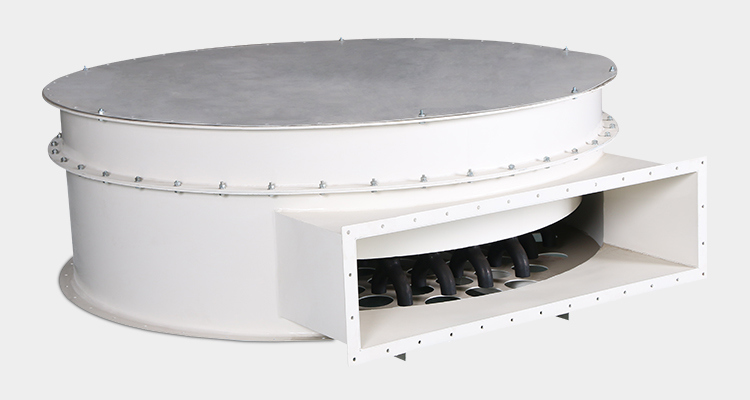
The machine for dedusting
*Also used in Chemical, Medical and other industries
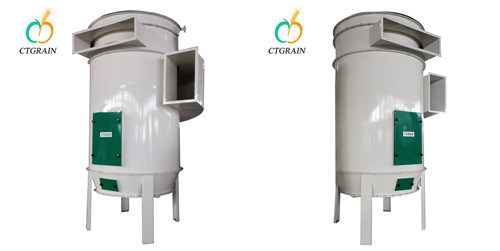
1) Tangent air inlet design can first separate bigger dust particles to reduce the load of the filters.
2) High efficiency, particle < 1 um, efficiency > 95%; Particle > 1 um, efficiency > 99.5%
3) 2 or more filters can be controlled together as one unit.
4) The rising air pressure: 0.04~0.05MPa, normally using air blower.
5) High quality filter cloth ensures the de-dust efficiency and wear resistance
Working principle
The machine has a round body composed of three parts: upper body, middle body and lower body. Sleeve filters are fixed on the upper body and hung in the middle body. The dusty air is aspirated into the machine tangently from the inlet which is located on the middle body. After the dusty air enters the jet filter from the dusty air inlet, some large dust will fall down into the lower body. Air with small dust will be sticked on the sleeve while cleaned air will enter inside of the sleeve and come out from cleaned air outlet. With time going by, more and more dust will be sticked on the surface of the sleeve, when the resistance up to some extent, dust will be shaken off by high pressure air which is controlled by the pulse controller. There is one dust scraper in the lower body to collect all the dust and transfer the dust to the airlock discharger.
Â
Technical Parameter List | ||||||
Â
 Type
|
Sleeves length |
Sleeves Area |
Â
Air volume
|
Â
Power (kW)
|
Â
Weight
|
|
mm |
m2 |
m3/h |
Air lock |
Dust scraper |
kg |
|
Â
Â
TBLM-39
|
1800 |
25.7 |
4626-6168 |
1.1 |
1.5 |
1030 |
2000 |
28.7 |
5166-6888 |
1080 |
|||
2400 |
34.6 |
6228-8304 |
1120 |
|||
Â
Â
TBLM-52
|
1800 |
35.2 |
6336-8448 |
1230 |
||
2000 |
38.2 |
6876-9168 |
1288 |
|||
2400 |
46.1 |
8298-11064 |
1364 |
|||
Â
Â
TBLM-78
|
1800 |
51.5 |
9270-12360 |
1720 |
||
2000 |
57.3 |
10314-13752 |
1810 |
|||
2400 |
69.1 |
12438-16584 |
1893 |
|||
Â
Â
TBLM-104
|
1800 |
68.6 |
12348-16464 |
2200 |
||
2000 |
76.5 |
13770-18360 |
2560 |
|||
2400 |
92.1 |
16578-22104 |
2920 |
|||
Â
Â
TBLM-130
|
1800 |
88.2 |
15876-21168 |
2870 |
||
2000 |
98.9 |
17802-23736 |
3012 |
|||
2400 |
117.6 |
16578-22104 |
3160 |
|||
Â
Â
TBLM-168
|
1800 |
113.9 |
22788-30384 |
1.5x2 |
2.2 |
3540 |
2000 |
126.6 |
23802-31736 |
3721 |
|||
2400 |
151.9 |
27342-364566 |
3925 |
|||
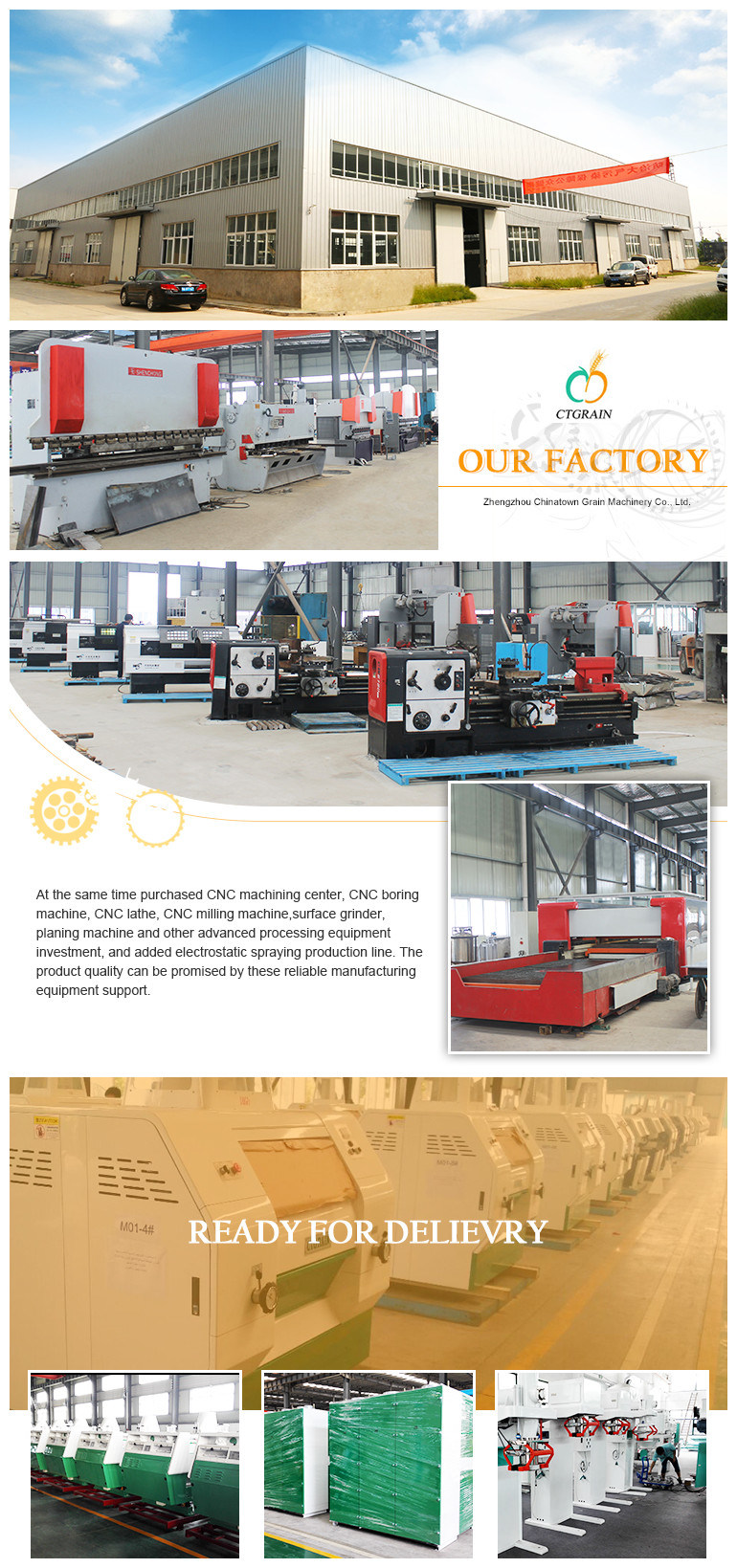
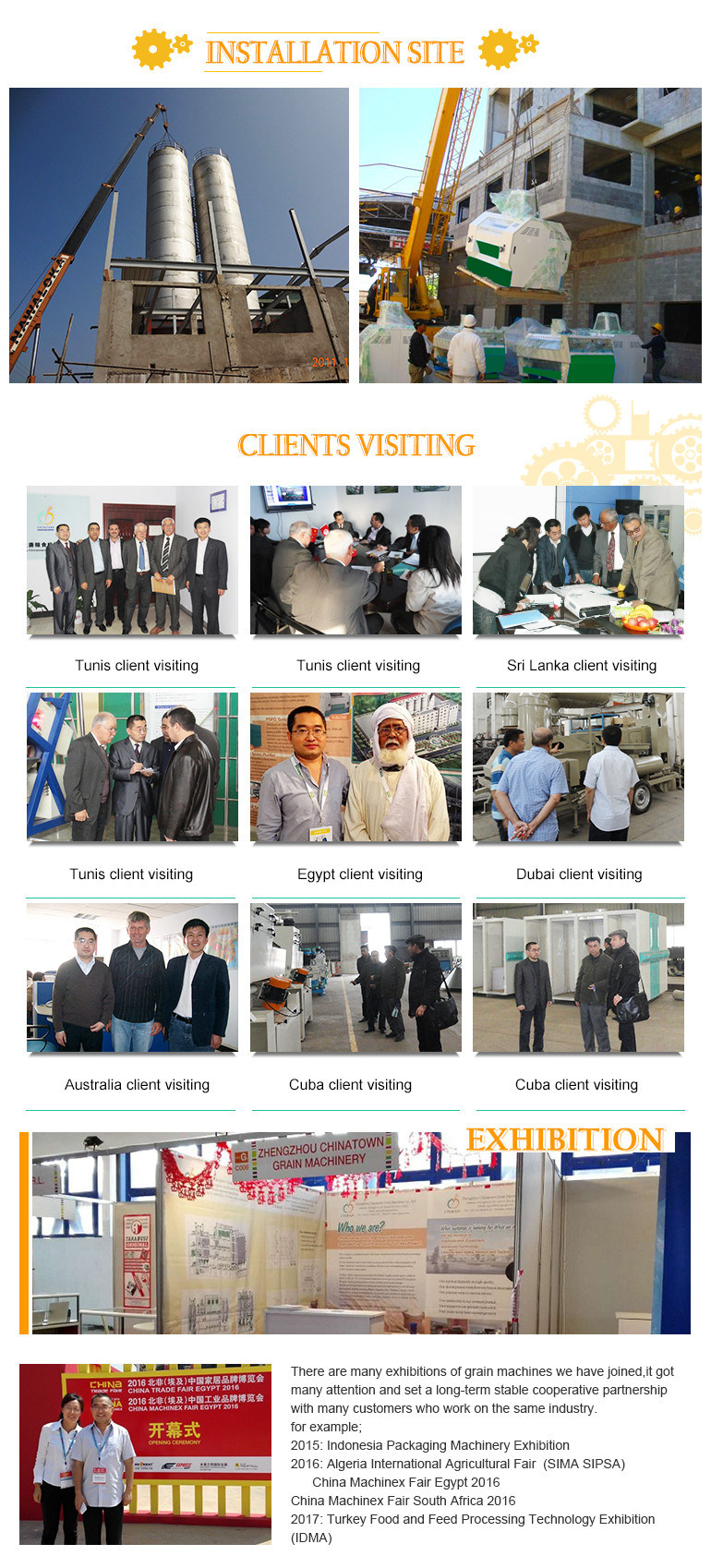
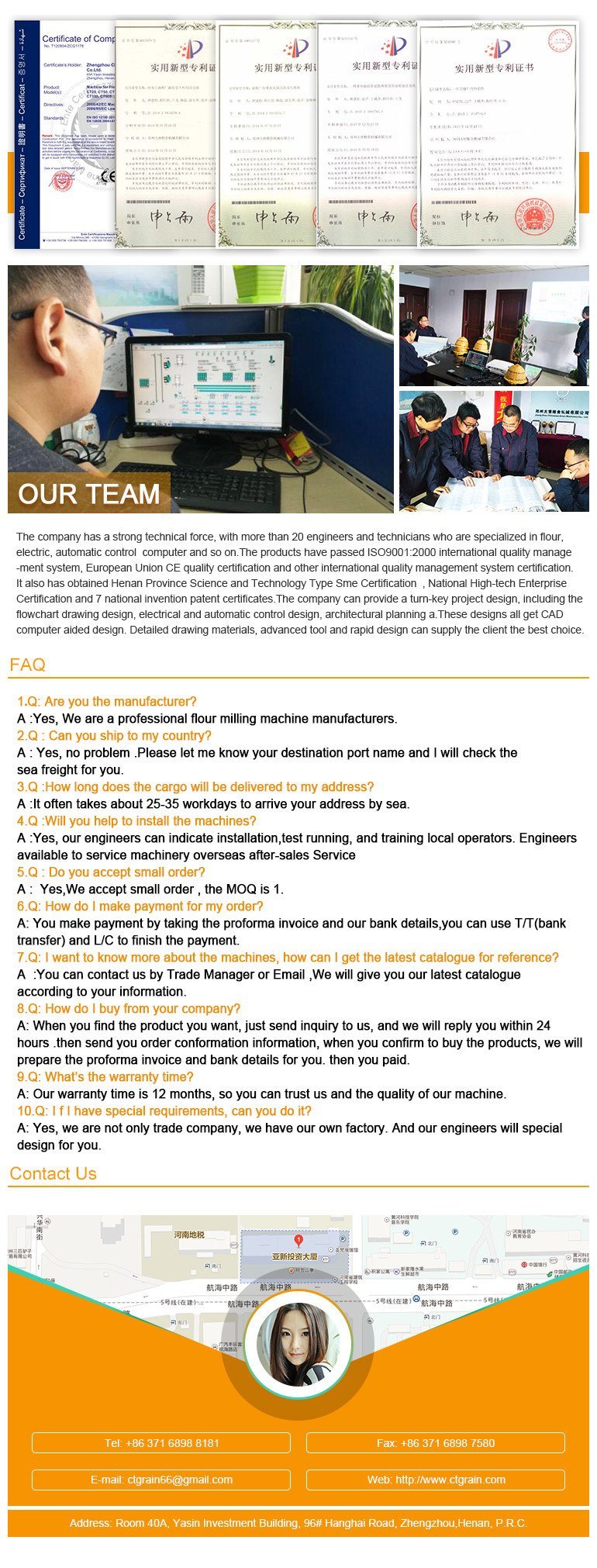
Â
Engineering Plastics
Engineering plastics are a bunch of plastics that are used most ordinarily in industries because of their enhanced mechanical and thermal properties. They are used mainly in situ of thermoplastic materials instead of thermosetting ones because of the fact that they will be remolded into the specific shape and size whether or not after cooling and settling down. In accordance, to the suitable convention and standards, the definition of engineering plastics (McQuiston, 1980) are: (1) the family of nylon; (2) polycarbonate; (3) polyphenylene oxide; (4) acetal; (5) engineering grade of ABS; (6) polysulphone; and (7) polyphenylene sulphide. Engineering plastics become the fabric of choice for various applications because of their good mechanical, chemical properties, strength, rigidity, self-lubrication, and fire safety. Certain groups of engineering plastics which include polycarbonates and polyamides are useful in industries due to their high resistance to impact and abrasion respectively.
Engineering Plastics,Multi-Functional Engineering Plastics,Thermoforming Plastics,Degradable Plastics
Sunrise Group Corporation , https://www.sunriseindust.com